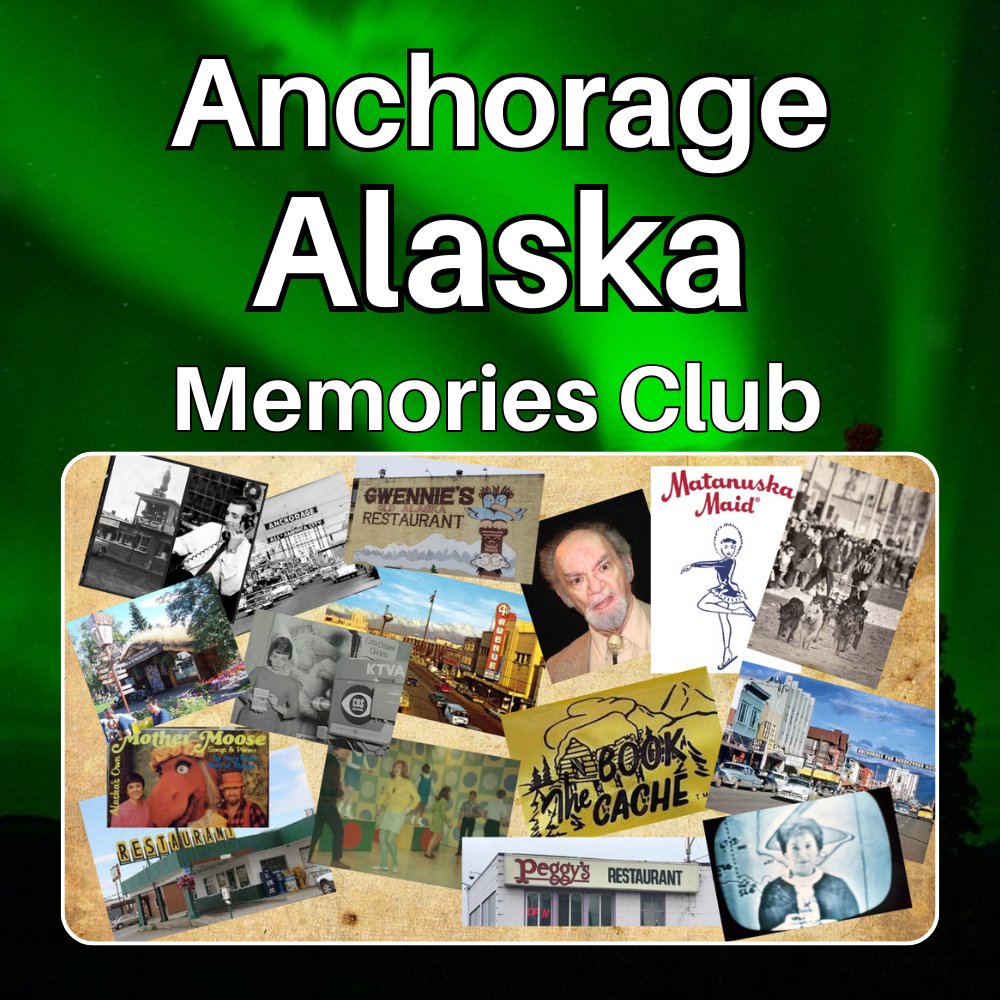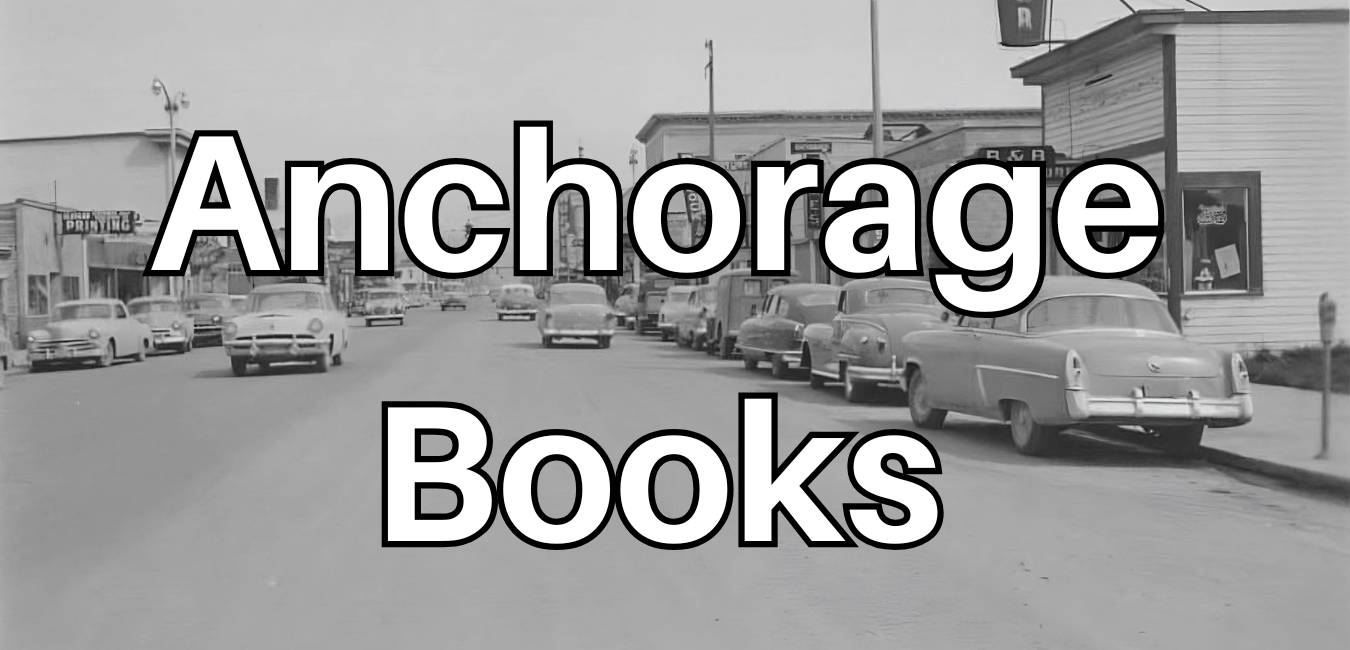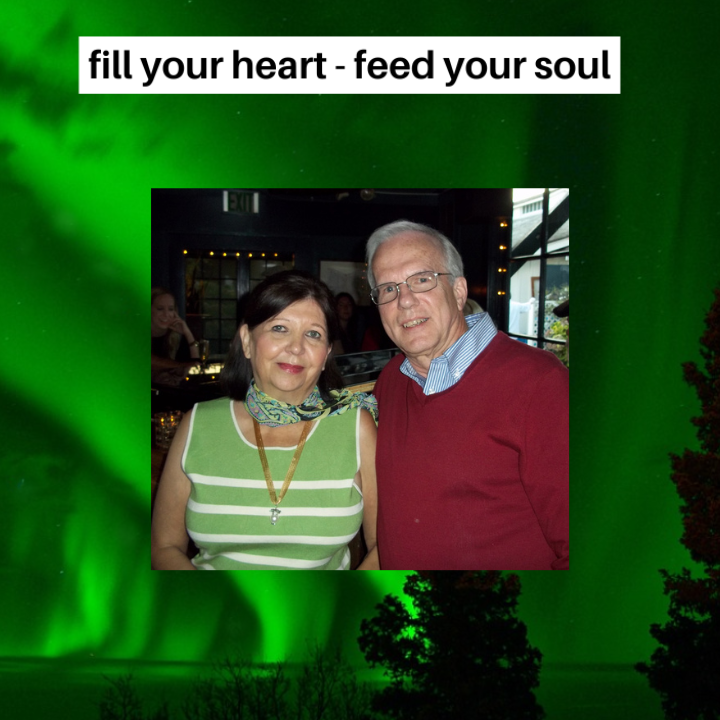Anchorage Television
was Two Weeks Old
by Michael R Dougherty
(California)

TV Test Pattern
Do you remember when television in Anchorage brought you Christmas and holiday shows two weeks later?
When I was a senior at East high school in 1965, I started working at KTVA channel 11. Back then, KENI TV (now KTUU) and KTVA both received all their shows from the networks on 16mm film. Live network shows were recorded on a “kinoscope” using black and white 16mm film.
Hawaii received the film on a one-week delay, then sent the film to Anchorage on a two-week delay, and then the film was shipped to Fairbanks on a three-week delay.
KENI-TV, channel 2, started broadcasting in color (using a system that let them broadcast 16mm color film), but shows were still on a two-week delay. KTVA, channel 11 started broadcasting films in color not long after channel 2.
Then came videotape.
Remember when KENI-TV began broadcasting NBC's “Huntley-Brinkley Report” on the same evening it was broadcast in the lower 48?
The Huntley-Brinkley Report was broadcast on NBC from October 29, 1956, to July 31, 1970. And you may remember that at the end of each night's newscast, David Brinkley would say “good night Chet” and Chet Huntley would say “good night David and good night from NBC News.”
Well, in those days, getting NBC's nightly Huntley-Brinkley Report on the air in Anchorage on the same night it aired in the lower 48 was no easy trick.
First, NBC in Burbank recorded the show on a format known as two-inch videotape, then sent it to Los Angeles International Airport where it was carried into the plane's cockpit and flown to then Anchorage International Airport. The two-inch videotape was then hand carried from the plane's cockpit to a waiting taxi driver, who then “rushed” the tape to KENI-TV in the basement of the 4th Avenue Theater building.
KENI-TV would then broadcast the Huntley-Brinkley Report at 10:00pm followed by 30 minutes of local news, followed by the Tonight Show with Johnny Carson.
However.
Things did not always go smoothly and occasionally the tag-team broke down, causing problems for the good folks at channel 2.
KTVA followed suit with CBS News and Walter Cronkite. And I can tell you from first-hand experience that there were nights when the taxi would show up at KTVA's Broadcast Center in Spenard only moments before the show was scheduled to be broadcast.
With the addition of videotape, all network shows in Anchorage were now being broadcast in color, but they were still on a two-week delay after being seen in the lower 48.
As a result, we all got to have our “TV Christmas and holidays”, two weeks later.
One notable exception was America's first moon landing.
Arrangements were made for the use of a military satellite system, and channel 2 and channel 11 both broadcast the lunar landing live. So, Anchorage got to see and hear “that's one small step for man and one giant leap for mankind” at the same time everyone in the lower 48 did.
As you might imagine, all three television networks, ABC, NBC, and CBS invested a huge amount of money in two-inch videotape stock to provide shows to Hawaii, and Alaska.
I visited CBS Television City in Hollywood many years ago and was told that a lot of two-inch tapes had been lost between Fairbanks and CBS Hollywood.
Today it's all different. Thanks to technology and those things flying around in space, Anchorage can enjoy “same day” television, just like the lower 48.
I guess that's a good thing, but there was something about the old days when we got our television shows two weeks later.
It was a reminder that – well, we were Alaskans, and we were somehow different in many ways.
That was alright with us.





